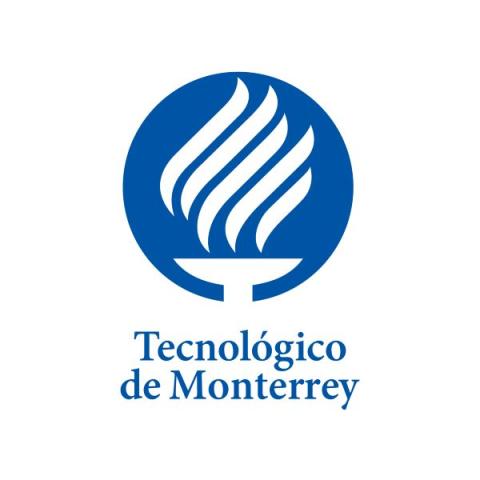
Teach students to use GenAI to create characters for stories
Over time, students will learn to perfect their prompts and work side by side with AI to enhance their creativity, write Gloria Anahí Molina Barrón and Pamela Inés Marroquin Alanis
You may also like
Popular resources
AI, and specifically LLMs (large language models), can help our students enhance their creative work. This is one of several reasons their use has become increasingly prevalent in education over the past few months. An LLM is a type of AI that mimics human intelligence and processes and analyses large amounts of data and patterns through statistical models. It also analyses the connection between words and phrases to improve content. In this resource, we provide tips for LLM prompt writing to help our students create characters for their creative projects.
Start by designing an activity with a clear objective so that you can determine the optimal tool to use to develop it. ChatGPT 3.5 is excellent at providing clear and concise information, making it an ideal choice for everyday tasks such as translation and content generation. However, the data accessed by ChatGPT 3.5 is limited to before September 2021, which restricts its use to scenarios that do not require the most up-to-date information.
In contrast, Gemini provides suggestions based on the latest information. While its output may appear more extensive and less straightforward than that of ChatGPT 3.5, with Gemini, you can more effectively tailor the writing style to formal or informal contexts. However, this requires additional steps, which may lengthen the process.
The tool you select is contingent upon the desired outcome. If the objective is to obtain a straightforward answer, then go for ChatGPT. However, if you require a more complex, comprehensive response, then Gemini may be the better option. In the following example, we used ChatGPT.
- Resource collection: AI has arrived - so what next?
- How to partner with AI and improve the learning experience
- How can we teach AI literacy skills?
Writing effective prompts
When we think about prompt writing, we recall the scene in Aladdin II when Jafar tells Abis Mal that if he wants to make a wish, he has to be specific, otherwise it won’t come true. The same goes for prompts. Consider the following suggestions:
- Be clear: it is important to be direct, avoiding ambiguities or generalities. For example, if you’re looking for the definition of something like blockchain, typing in "Explain what blockchain is and how it works, in simple terms with an example in Spanish”, is much better than asking the LLM “What is blockchain?”
- Provide contextual information: if you are using it to help you plan lessons, include details such as the educational level or age of your students
- Dictate the format for the response: you can request the answer in a paragraph, essay, table or chart form, allowing you to organise the information clearly and concisely. When using image tools, specify whether you want digital art, pointillism, watercolour or any other effect
- Make the word count clear: you can specify your desired response length by limiting it to a specific number of words or pages
- Review and adjust: if the initial response is inadequate, you can request adjustments or additions to improve it during the same conversation
- Establish a structure: ensure your prompt clearly indicates the structure you’re looking for.
An example in practice
We went through the basics of prompt writing with our students before asking them to write their own. The objective was to prompt GenAI to create a character for a story. The starting point we provided was:
“In the year 3400, a robot searching for plants has the physical characteristics that enable it to perform its duties efficiently.”
In response to this, the prompt they came up with was:
“Physical characteristics of a robot in the year 3400, in 35 words living on planet Earth and searching for plants. Medium-sized, futurist.”
The answer they got was:
“The six-foot robot, with a sleek titanium body and luminescent blue accents, features adaptable hands and a sensor-rich faceplate. It moves silently on articulated legs, designed for various terrains while searching Earth’s landscapes for a rare plant.”
Using the description provided by ChatGPT, we then generated an image on Ideogram. Below is the result

Simply asking ChatGPT to describe “a robot” could have yielded a humanoid or a generic one, which was not what we were looking for. By using the prompt generated by ChatGPT, the images generated were closer to what we had imagined.
Encouraging your students to implement these recommendations can help them craft stories or characters for various narrative forms. Over time, they will learn to perfect their prompts and work side by side with AI to enhance their creativity. Prompting is a language between humans and the virtual world. Let’s learn it!
Gloria Anahí Molina Barrón is a tutor-professor of educational innovation and digital learning at Monterrey Institute of Technology; Pamela Inés Marroquin Alanis is a professor of educational innovation and digital learning at Monterrey institute of Technology.
If you would like advice and insight from academics and university staff delivered direct to your inbox each week, sign up for the Campus newsletter.




.jpg?itok=RYAHwdZH)
Comments (0)
or in order to add a comment